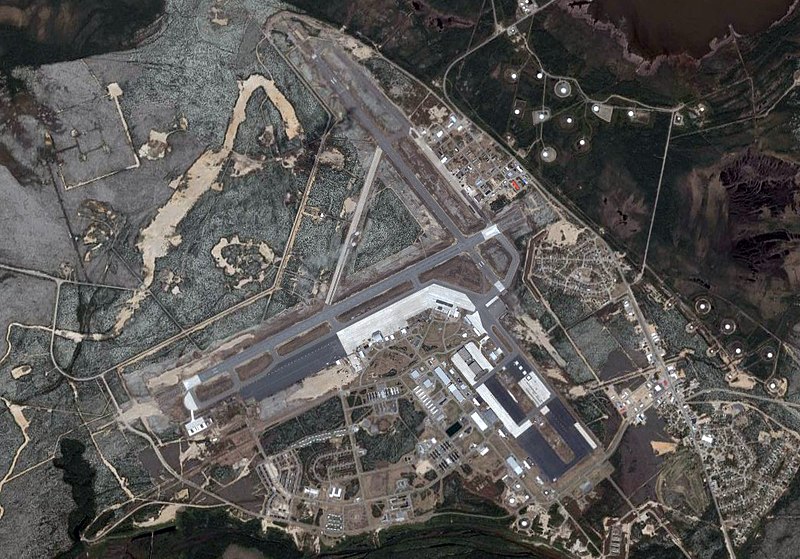Hundreds of thousands of travelers are facing major disruptions today after a fire at an electrical substation forced the closure of London’s Heathrow Airport, one of the busiest air travel hubs in the world. The fire knocked out power to tens of thousands of people in West London, bringing Heathrow’s operations to a standstill.
As a result, flights destined for Heathrow have been diverted to airports around the world, with Goose Bay Airport in Newfoundland and Labrador becoming an unexpected landing point for several planes. Since last night, multiple U.K.-bound flights have touched down in Goose Bay, with some passengers already being rerouted back to airports in the United States.
Located in central Labrador, Goose Bay has long played a significant role in aviation history. Originally built during World War II as a strategic airbase for Allied forces, the airport later became a key stop for transatlantic flights during the early years of commercial aviation. While no longer a major international transit hub, Goose Bay remains an important refueling and emergency landing site for aircraft crossing the Atlantic.
Officials at Heathrow warn that full operations may not resume for up to a week, leaving many travelers stranded. In January alone, the airport processed six million passengers, highlighting the scale of the disruption. For now, Goose Bay finds itself once again playing a critical role in global air travel, just as it has in the past.
Goose Bay Becomes Unexpected Stop for Stranded Heathrow-Bound Flights

